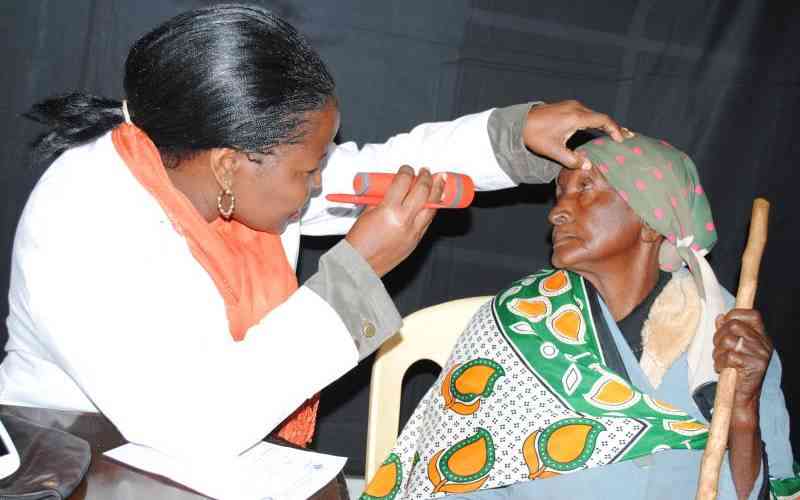×
The Standard e-Paper
Home To Bold Columnists

Becoming blind due to illness or an accident means loss of individual independence, self-esteem, social networks, extreme poverty and hunger, gender equality and community participation.
Loss of eyesight could mean loss of a bread winner, a mother or a father or even loss of employment, making one become dependent on wellwishers, friends and relatives.